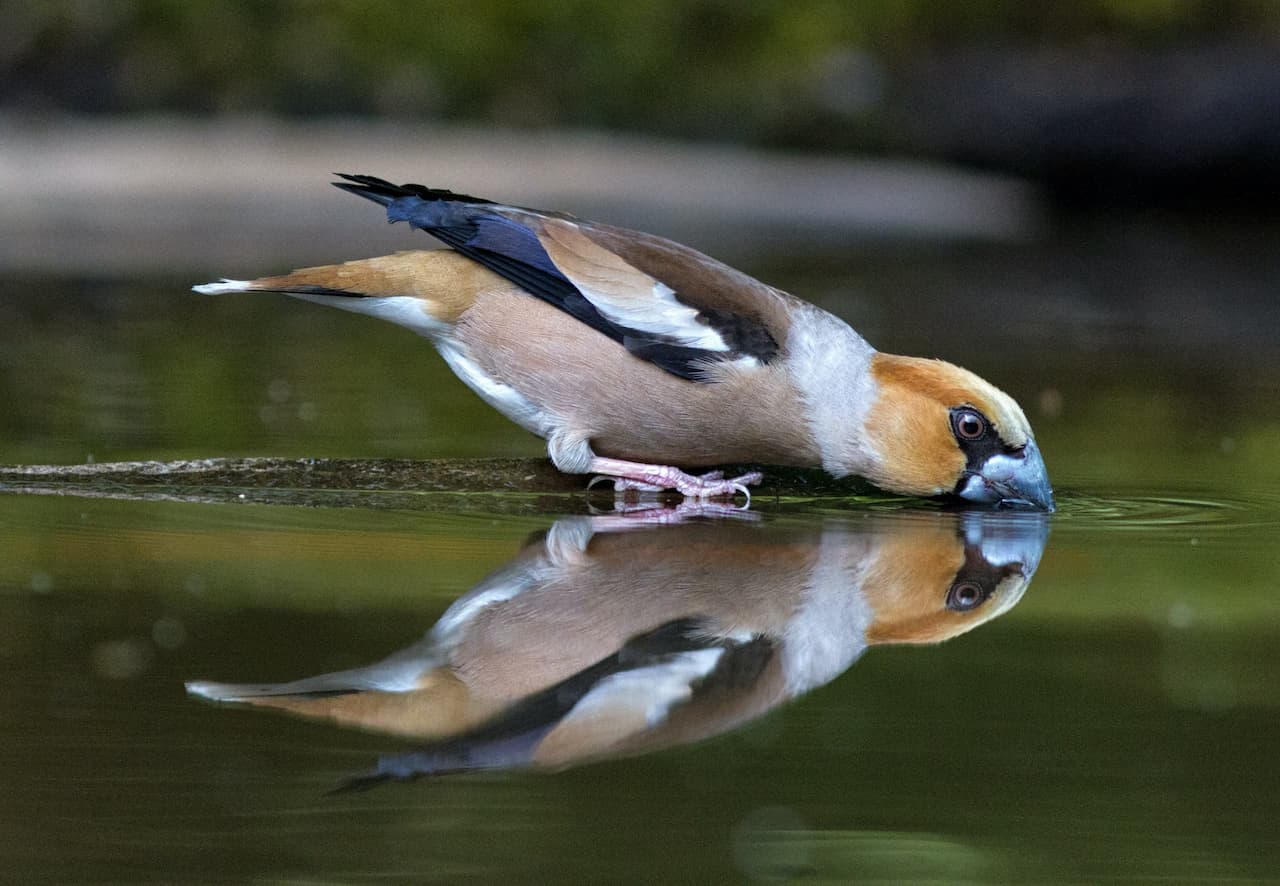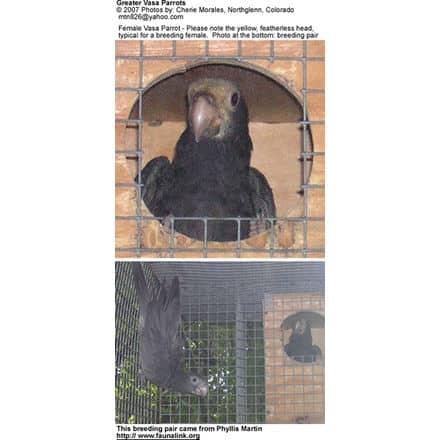Campo Flicker
The Campo Flickers (Colaptes campestris) – also sometimes referred to as Field Flicker or Pampas Flicker – is part of the woodpecker family, and it is a New World species. The genus Colaptes contains eight species of flickers, and these birds are among the most social species in the family. They inhabit high terrestrial spaces but can be found foraging and dwelling near the ground. Four of the eight species of the genus Colaptes are hybridized.
Their behaviors are not always typical of others in the woodpecker family. Rather than flying long distances, or moving up and down anthills or termite mounds, these birds choose to hop; and when covering short distances, they generally walk. They also can be observed perching on telephone wires or tree-tops, in the style of a songbird.
Most Campo Flickers usually do not roost in cavities during the non-breeding period, although some cavity-roosters have been observed. Instead, they prefer to use tree branches and roof trusses at night. Some social groups have been observed roosting together on branches of the same tree. The lifespan has been documented at four years. This species is generally common, and so is considered of Least Concern by IUCN.
Distribution / Habitat
The Campo Flicker is endemic to South America; its range is extensive, and it can be found from north-eastern Brazil to Bolivia, Paraguay, Uruguay, and north-eastern Argentina, with isolated populations in Amapá and southern Suriname.
Large populations have been seen in Córdoba province, Argentina. Isolated populations have been located north of the Amazon on the Sipalwini Savanna in southern Suriname, in northeastern South America at Monte Alegre, Pará, Brazil, and in Amapá, Brazil. It is widespread in Amazonia and central South America.
This beautifully marked flicker enjoys a wide range of open and semi-open habitats, including forest edges, clearings, and cultivated areas. Even though it can be observed in trees and bushes, it also spends quite a bit of time on the ground.
Savannas, pampas (flat, fertile plains), and scrubland are some of the open lands it frequents. Campo Flickers can also be found within a wide range of altitudes, usually from 500 to 800 m; however, the species can also be found at lower (80-300 m) and higher (900-1700 m) elevations. In Argentina, populations are more abundant on montane grasslands than on lowland grasslands.
The species inhabits the tops of mountain ranges in southeastern Brazil, the tropical scrub forests and flooded grasslands in the Pantanal of Brazil, and the Paraguayan Chaco.
Within the Cerrado biome, the species occupies several different landscapes, including grasslands with scattered shrubs and small trees, rocky grasslands, floodplain grasslands with earth-mounds, cerrado sensu stricto (dominated by shrubs and trees often 3-8 m tall), and occasionally forest borders. However, they seem to prefer heavily grazed pastures and terrestrial habitats.
The Campo Flicker is a year-round resident with males defending the same territories for several years.
Subspecies, Ranges, and ID:
Two subspecies are recognized:
Campo Flicker (Colaptes campestris campestris – Vieillot, 1818) (the nominate form)
Distributed from northern Paraguay to the northern regions of Brazil; and
Field Flicker (Colaptes campestris campestroides or Colaptes campestroides – Malherbe, 1849) – some authorities consider this race as a subspecies of C. campestris, while others separate it)
Found in southern Brazil Paraguay, Argentina, and Uruguay.
These subspecies are known to hybridize from the Paraguayan Chaco across central Paraguay, the northern extreme of Misiones (Argentina), and across Santa Catarina (Brazil). The hybrid zone in south-central Paraguay involves fully hybrid populations varying only in throat coloration. The two sub-species are isolated by continuous forest vegetation.
Identification
When compared to other species, there is very little geographical differentiation between the sub-species. Throat coloration is the only defining factor; the throat is black for campestris and white for campestroides.
Males and females are almost alike, differing only in malar stripe coloration, which is red in males and black in females. In the subspecies campestroides, the malar (cheek) coloration may be very white; the females will have just a few black spots.
Description
The Campo Flicker is a large woodpecker with very distinctive markings which make it easy to identify. The sides of the head the neck and the breast are mainly yellow, and the crown is black. The iris is reddish-brown, and below the black forehead, there is a red and black malar stripe. The brown back displays white bars, and the white rump shows a few thin bars. The underparts and tail coverts are dull white, barred with brown, and the bill and legs are gray.
The shafts of the primaries and secondaries are yellow, and the underwings are pale yellow. The central tail feathers are almost entirely brown, and the outermost rectrices are barred with white. The birds weigh between 148 and 152 g.
Juvenile Description
Juveniles are similar to adults but are distinguished by the lighter coloration of the yellow plumage on the sides of the head, around the neck and breast.
Diet / Feeding
The Campo Flickers is primarily a ground feeder, walking or hopping among the shrubbery in search of termites, ants, and beetles. They will dine on masses of terrestrial termites after hammering open the large mounds to reach the insects within. Termites are their main foodstuffs; they eat the eggs, larvae, and pupae of the insects. They will consume fruits, but only rarely.
Often seen foraging in flocks, their hunting skills include pecking, digging, and gleaning. They will engage in these activities alongside the Green-barred Flickers.
Breeding / Nesting
The Campo Flickers is primarily a monogamous species, but some cases of polygyny (one male and multiple females) have been seen. The pair will remain together throughout the year and over the next few years.
Breeding in central Brazil reaches its peak in the dry season (mid-August to September), although a few individuals start breeding in July. The pair chooses its nest site, preferring trees and fence posts; however, if trees are unavailable, such as in pampas regions, it will excavate termite mounds or earth banks. In central Brazil, most of the nests are built on termite mounds. Few of these pairs reuse the cavity, and cavities that are reused are generally in trees; the only change they make to the cavity is to increase its depth. If the pairs use the same termite mound from the previous year, they have to excavate a new hole, since termites will have closed up the old one.
Both males and females excavate nest holes and can spend up to four weeks on this activity. The pair will lay 4-5 plain, white eggs at daily intervals. If successful, the pair will lay just one clutch, but often their attempts are unsuccessful. They may try as many as three times to produce a clutch of eggs in the same breeding season.
Both sexes participate in incubating the eggs; this takes about 16 days. After the chicks hatch, the parents remove the eggshells and spend the next 30 days caring for the chicks. Where there is a cluster of suitable nest sites in a small area, the Campo Flickers will engage in semi-colonial nesting, often choosing eucalyptus plantations for their colonies.
During the first two weeks, the altricial nestlings can be heard emitting a loud, begging sound when anyone approaches the nest; this behavior usually stops when the chicks are about two weeks old. After that, only the parents’ attendance will bring about that response. The eyelids start to open 10-12 days after hatching, and feathers begin to develop around the beginning of the second week after hatching. When the chicks are about 25 days old, they produce sufficient plumage to permit differentiation of the sexes.
When the nestlings are getting ready to fledge, they can be heard producing several vocalizations from the nest entrance, usually whistled notes and wick calls. As they near fledging time, they begin to lose the pad at the mandible that had been there since hatching, and they develop a noticeable white spot at the end of the bill.
This is not an aggressive species. Campo Flickers defend their territories throughout the year; however, during breeding season the males often display some intimidating behaviors over territories.
These begin with repetitive calls, wing flicking, and aggressive body movements made by both opponents. These can become physical encounters, and they generally take place in open areas such as grasslands or grazed pastures.
The combatants get close to each other before engaging in aerial attacks, using the bills and feet to strike the opponent. After a few minutes of this, the confrontations are over as one of them retreats.
This species varies in its dispersal patterns after fledging. Some birds will travel great distances while others remain close. They have been observed at distances between 700 m and 3.5 km.
Some individuals were observed breeding for the first time one year after fledging.
Calls / Vocalizations / Sounds
This species of woodpecker emits a wide range of calls, depending on the social context. Among the calls in its repertoire is a strong call composed of whistled notes; this is probably an alarm sound. Another call termed the Wick Call, is composed of an irregular series of notes with unusual pitches. A third is described as the Low Wicka Call, which sounds like “we-a, we-a” and “Kwih, Kya-wi, Kya-wi.” The initial notes of the Wick Call are similar to the Low Wicka Calls, sounding like “waa-waa,” “chew-aaa” or “Ka-Ka-a-a-a-Ka-waah.” Finally, the species produces a Long Call. This call, which is likely to function in mate attraction, stresses the first few notes, and then the rest of the call tapers off. They have been known to emit a loud screams when they are handled by humans.
Their drumming is typical of most woodpecker sounds. The Campo flickers defends its territory by vigorously flicking the wings and shrieking, “week, week, week.” This is followed by a threatening chase to ward off the intruder.
https://www.xeno-canto.org/embed.php?XC=48843&simple=1
Alternate (Global) Names
Chinese: ???? … Czech: Datel campový / polní … Danish: Campoguldspætte … Dutch: Campogrondspecht … Estonian: Kamporähn, kampo-täpikrähn … Finnish: Brasiliankultatikka … French: Pic champêtre … German: Gelbwangen-Feldspecht … Guarani: Ypekû ñu … Italian: Picchio del / di campo … Japanese: aritsukagera … Norwegian: Gullmarkspett … Polish: dzieciol lakowy … Portuguese: Pica-pau-do-campo, chã-chã, pica-pau-de-manga … Russian: ??????? ??????? ????? … Slovak: ?atel’ pampový, vlikác pampový … Spanish: Carpintero Campestre / de Campo … Swedish: Campospett
Member of the Picidae Family: Woodpeckers … Sapsuckers … Flickers



